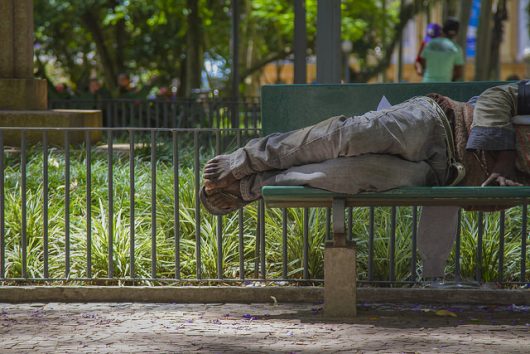
The biggest country in South America is dealing with one of the most drastic poverty issues on Earth. Despite billions of dollars invested in event tourism like the World Cup (2014) and the Olympics (2016), Brazil’s economy has begun to spiral downward as the country faces its biggest decline in over a decade. These crucial facts about poverty in Brazil offer insight on the issues that plague them.
Poverty in Brazil
- The homeless population is revolutionary
One of the recent facts about poverty in Brazil is that squatters there have collectively chosen to occupy abandoned hotels and are now facing the threat of eviction. One example is the Mauá Occupation, which houses over 1,000 people that make up around 237 families. Mauá was a unique idea back in 2007 when the homeless population was barely surviving on the streets and began taking up land by way of force. Now, it has become a full-blown movement. Like many countries, Brazil suffers from gentrification and increased living costs. Brazil’s gentrification has created a revolution of homeless people occupying space both as a protest and out of necessity. This past November, over 20,000 homeless marched throughout the city in direct protest of the housing inequity. - Slavery ended only 130 years ago; inequality still devastating
In 1888, Brazil became the last country in the Western Hemisphere to abolish slavery, and the social, economic and moral ramifications of it still ripple throughout the nation. This is one of the more subtle and lesser spoken facts about poverty in Brazil because it reflects an ugly part of a recent history. Known as Afro-Brasileiros, black and brown Brazilians make up 51 percent of the nation’s population and suffer from discrimination and exclusion more than their lighter-skinned neighbors. Afro-Brasileiros also make up the majority of the homeless and poor population, and only seven percent of the city’s rich self-identify as such. Despite being known as a racial democracy, 80 percent of Brazil’s richest one percent are white, while only 13 percent of black and mixed-race Brazilians between 18 and 24 are currently enrolled in college. Afro-Brasileiro activism takes many forms; the Quilombos are descendants of slaves fighting for reparations. Another group focuses on the disproportions of blacks dying at the hands of Brazilian police. They have the slogan #VidasNegrasImportam, which translates to “Black Lives Matter.” - New spending cap is making matters worse
The new spending cap, known as PEC 55, will cut public spending for programs that help the poor. A U.N. official lauded it as the most socially regressive austerity package in the world. With 60 percent of Brazilians opposing it, the 20-year spending freeze inducted by President Temer has been protested and deemed a direct attack on the poor by many analysts. - Unemployment was once slow growing; now it’s much faster
Since the end of the World Cup in 2014, Brazil’s economy has been steadily declining to a new low. Unemployment grew from about six percent in December 2013 to nearly 12 percent in November 2016, despite almost 30 million Brazilians rising out of poverty between 2004 and 2014. Economic inequality is now expected to increase and around 2.5 million more Brazilians will be forced into poverty in the coming years. - Water everywhere but not much to drink
Roughly 20 percent of the world’s water supply is in Brazil yet much of the population suffers from a water shortage. The problem is that water is being used to power the economy, not the people. This is actually one of the older facts about poverty in Brazil, as the nation’s water misallocation has always been notoriously underserving. More than 60 percent of the nation’s energy is from hydropower plants while 72 percent of the water supply is consumed by agriculture via irrigation. In fact, Brazil is one of the most water-dependent nations in the world. More than eight percent of its GDP is agriculture and agroindustries, making it the world’s second-largest food exporter. Allocation of most of the nation’s water goes to the business sectors, and between 2004 and 2013, there was only a 10 percent increase in sanitation networks among the poorest 40 percent (i.e., households with toilets). - From an emerging economy to a shrinking one
Formerly an emerging economy growing at a rate of 7.5 percent in 2010, it shrunk at about the same rate over the last two years. Shrinkage is expected to increase due to President Temer’s privatization plan, and around 57 state assets are set to undergo a privatized makeover. From highways to airports and even the national mint, the privatization is in an effort to increase employment and improve quality of the service provided by the sectors. There is some proof that this could work; back in the 90s, the privatization lead to the considerable modernization of several crucial sectors. The best possible scenario still leaves the majority of the population, specifically the poorest, out of the financial loop. Attracting international interests is great for the richest population looking to sell land to the highest bidder which happens to be China. - Deforestation of the Amazon by China hurts locals directly
China’s overwhelming demand for food meets Brazil’s immense agricultural production in a way that primarily benefits the wealthiest of Brazil. The Brazilian government has been selling off large parts of the Amazon to China directly, ironically in an effort to help China’s pollution while hurting Brazil’s sensitive ecology and economy. China’s deforestation of the Amazon temporarily increases employment in Brazilian cities near the forest, but then once first stages of production are over, massive layoffs result in a plummet of employment with the social climate (increased crime and violence) going with it. The massive deforestation even threatens Brazil’s ecological promises involved with the Paris Agreement. - Infant mortality has dropped significantly but could be lower
As of 2016, Brazil has significantly lowered it’s infant mortality rate from about 53 deaths per 1,000 (circa 1990) live births to about 14. While this is quite an achievement for such a developing country with so many social problems, UNICEF, the organization most responsible for helping the decline, remarked that the indigenous children of Brazil’s mortality rate is twice as high as those of city-born children. This shows that even for countries with relatively low levels of mortality, greater efforts to reduce disparities at the sub-national level are still needed. According to UNICEF, back in 2013 at least 32 municipalities still had an infant mortality rate of 80 deaths per 1,000 live births. - Worker’s Unions are going extinct
A recent law passed by President Temer allows employers to bypass nearly all hurdles set up by unions by eliminating a “union tax” that generates funding for worker’s unions. Designed to aid multinational corporations and not workers, the “reform” has been criticized by the International Labor Organization (ILO) as being in violation of international conventions. This permits inhumane working conditions and legalizes free labor. Legislation changes like this alter the future of the Brazilian workforce exponentially as multinational companies begin their migration into the Amazon. - The right conditions for slavery
Temer altered the definition of slavery so that it is defined by the victim’s freedom to leave. Meaning if a worker is kept in all the same living conditions as slavery, but not being physically forced to stay, it is to be considered legal labor. This is an emerging fact about poverty in Brazil because it has not happened yet, but legislatively, the absurd conditions do exist and the threat of slave labor is very real. This critical alteration of the definition has lead to the need for deeper investigations and, in alignment with the new changes, requires a police report with every case, creating more complications with each case. This drastically hurts the effectiveness of the ILOs ongoing fight against slavery which saw the liberation of more than 30,000 slaves in Brazil since 2003. The migration of businesses to the Amazon has made investigations much harder for the ILO and the conditions under which slaves work have gotten more brutal as well.
– Toni Paz
Photo: Flickr
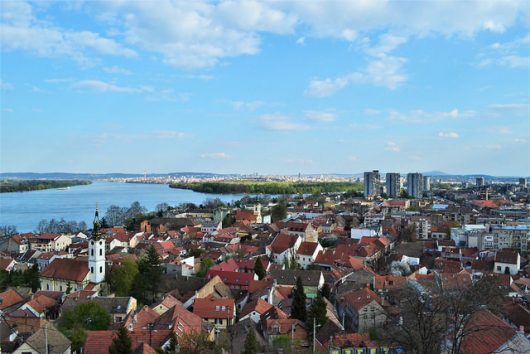
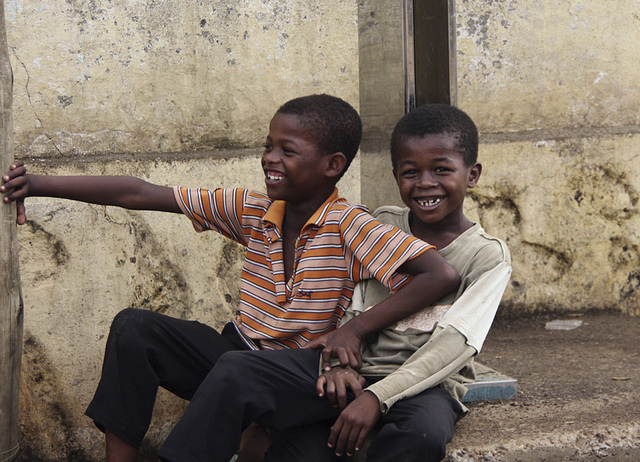
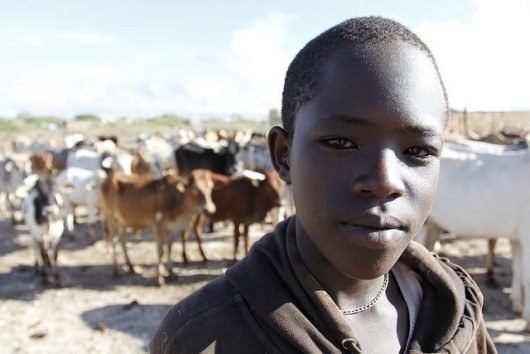

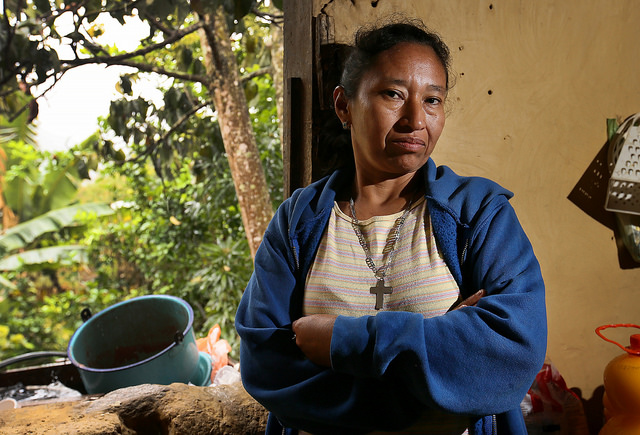
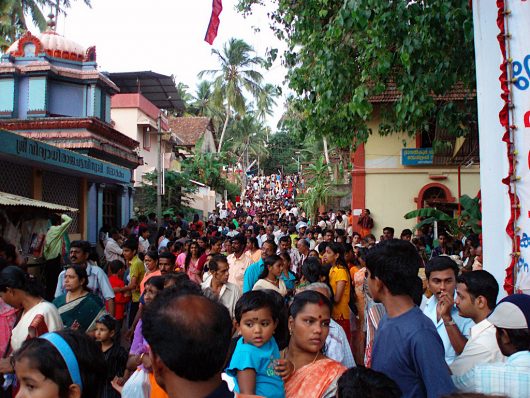 India is considered to be one of the foremost emerging economies in the world and has a rapidly growing Gross Domestic Product (GDP). Despite this, the annual Global Hunger Index (GHI) has put India at 100th place among 119 countries. This is a case where the GDP does not properly represent the country’s situation, as it is facing major wealth inequality. In India, the
India is considered to be one of the foremost emerging economies in the world and has a rapidly growing Gross Domestic Product (GDP). Despite this, the annual Global Hunger Index (GHI) has put India at 100th place among 119 countries. This is a case where the GDP does not properly represent the country’s situation, as it is facing major wealth inequality. In India, the 
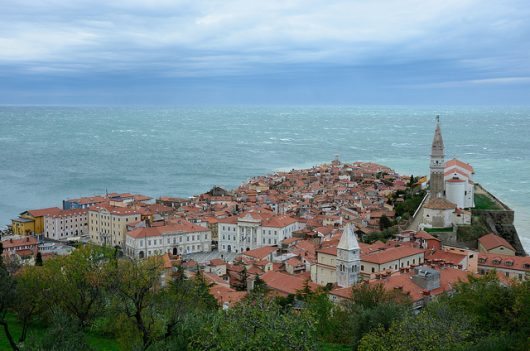
 Youth unemployment is an increasing worldwide crisis. As of 2016, the International Labor Organization (ILO) reported that
Youth unemployment is an increasing worldwide crisis. As of 2016, the International Labor Organization (ILO) reported that  Along the coast of the Black Sea lies a country possessing such a diverse set of landscapes, that attempting to characterize it in any one way is impossible.
Along the coast of the Black Sea lies a country possessing such a diverse set of landscapes, that attempting to characterize it in any one way is impossible. 